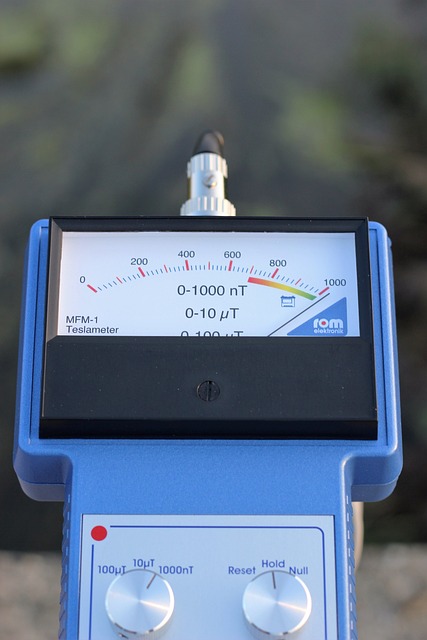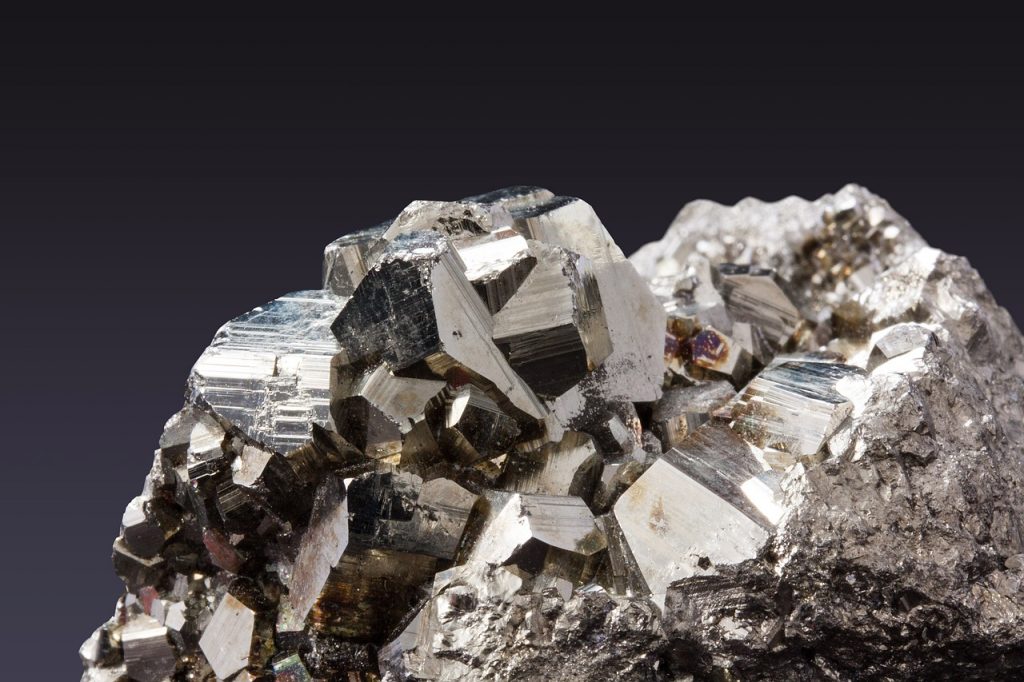With the development of modern industry, electric motors are widely used as an important power source. In motor technology, permanent magnets, as a key material, play a vital role in improving motor performance and efficiency. Permanent magnets have excellent magnetic properties and stability, which can greatly reduce the energy consumption of the motor and increase its output power. At the same time, permanent magnets are also characterized by small size, light weight and long service life, so they are widely used in many types of motors such as AC motors, DC motors, stepping motors and brushless motors. This article will let you know the role of permanent magnets in motors and their advantages. We will discuss the importance of permanent magnets in terms of energy saving, environmental protection, efficiency and cost reduction and emphasize the potential and future direction of permanent magnet technology in the field of electric motors.

Basic concepts and properties of permanent magnets
Permanent magnets are a class of materials with long-lasting magnetic properties that are capable of generating a stable magnetic field in the absence of an external current or magnetic field. Compared to other magnetic materials, permanent magnets have higher remanent magnetism and coercivity, can generate stronger magnetic fields, and can maintain this magnetism for a long time.
Permanent magnets are mainly made of metal alloys, ceramic materials or composite materials. Common permanent magnet materials include neodymium-iron-boron (NdFeB), cobalt steel (Alnico), ferrite, and aluminum-nickel-cobalt (AlNiCo). Each material has different magnetic properties and areas of application.
The magnetic properties of permanent magnets are determined by their microstructure and atomic arrangement. In permanent magnets, the magnetic properties originate from the microscopic magnetic domains within the material, each of which consists of a group of atoms whose spins are aligned in the same direction. Through a specific treatment process, these microscopic domains are made to form macroscopic domains throughout the material, resulting in a long-lasting magnetic effect.
In general, permanent magnets have the following properties:
High coercivity: capable of rapid magnetization and demagnetization under the action of an external magnetic field.
High remanent magnetism: can still maintain strong magnetism after removing external magnetic field.
Good stability: able to maintain stable magnetic properties for a long time.
Corrosion resistance: able to maintain good performance in harsh environments.
Small size and light weight: suitable for miniaturization and lightweight applications.
Role of Permanent Magnets in Electric Motors
Permanent magnets play a key role in electric motors by generating a stable magnetic field that interacts with the electric current to convert electrical energy to mechanical energy. Permanent magnets generate a stable magnetic field through their internal microstructure and atomic arrangement. This magnetic field interacts with the rotating magnetic field generated by the electric current to produce a torque that rotates the motor rotor. Compared to other magnetic materials, the magnetic field strength of permanent magnets is much greater, so it can increase the magnetic field strength of the motor and improve the output power and efficiency of the motor. Not only that, permanent magnets have high remanent magnetism, that is, they can still maintain a certain degree of magnetism after the external magnetic field disappears. This allows the motor to maintain a certain level of operation in the event of a power failure or power supply failure, and to start and stop quickly.
In addition, permanent magnets play an important role in the generation and stabilization of the magnetic field in the motor. Permanent magnets generate a constant magnetic field by forming macroscopic magnetic domains through microscopic magnetic domains within them. This magnetic field interacts with the rotating magnetic field generated by the electric current to produce a torque that drives the motor rotor in motion. Permanent magnets have high coercivity and remanent magnetism and are able to maintain stable magnetic properties after the external magnetic field disappears. This stability allows the motor to run for long periods of time while reducing dependence on external magnetic fields.
Moreover, permanent magnets have a significant impact on motor power density and efficiency. Permanent magnets have a high magnetic field strength, so they can increase the magnetic field strength of the motor. This allows for higher output power and increases the power density of the motor, allowing the motor to achieve greater output power at the same size. As the constant magnetic field generated by the permanent magnets interacts with the rotating magnetic field generated by the current, it makes it easier to rotate the rotor of the motor and reduces energy loss. This improves the efficiency of the motor and reduces energy consumption.
Lastly, permanent magnets play a vital role in motor control. By controlling the strength and direction of the magnetic field generated by the permanent magnets, precise control of the motor’s output torque and speed can be realized. This is essential to achieve precision control and regulation of the motor. At the same time, permanent magnets have high efficiency and power density, which can realize more efficient energy conversion. Through reasonable control strategies, the energy utilization of the motor can be maximized and energy waste can be reduced.

Advantages of permanent magnets in motors
Compared with other materials, permanent magnets have many advantages and features in electric motors. First of all, permanent magnets have high magnetic field strength, which can increase the magnetic field strength of the motor and improve the output power and efficiency of the motor. In addition, permanent magnets have high coercivity and remanent magnetism, which can maintain stable magnetic properties after the disappearance of the external magnetic field, and this stability allows the motor to run for a long time while reducing the dependence on the external magnetic field.
The advantages of permanent magnets are also evident in improving motor performance. As the constant magnetic field produced by permanent magnets interacts with the rotating magnetic field produced by the electric current, it makes it easier for the motor rotor to rotate, reducing energy loss. This increases the efficiency of the motor and reduces energy consumption. In addition, permanent magnets allow for higher power densities, enabling motors to achieve greater output power for the same size.
In addition to their advantages in improving motor performance, permanent magnets offer unique advantages in terms of energy efficiency and environmental protection. Compared to materials such as electromagnets and excitation coils used in traditional motors, permanent magnets have a higher energy conversion efficiency, allowing for more efficient energy conversion and less energy waste. At the same time, the materials used in permanent magnets are mostly rare earth metals, which are less polluting to the environment in the process of mining and production, and are therefore more environmentally friendly than other materials.
Conclusion
Permanent magnet technology is continuously developing and innovating. The research and application of new permanent magnet materials, such as neodymium-iron-boron magnets and cobalt magnets, have further improved the magnetic field strength and stability of permanent magnets. At the same time, the introduction of new preparation techniques and processing technologies has gradually reduced the production cost of permanent magnets, promoting the widespread application of permanent magnet technology. The development of permanent magnet technology also brings more application fields, such as wind power generation and industrial machinery. In these fields, the high efficiency and energy-saving characteristics of permanent magnets will play a greater advantage, promoting clean energy and sustainable development.
The role and advantages of permanent magnets in electric motors cannot be ignored. With the continuous improvement and advancement of permanent magnet technology, it will continue to play an important role and show great potential in various application fields.